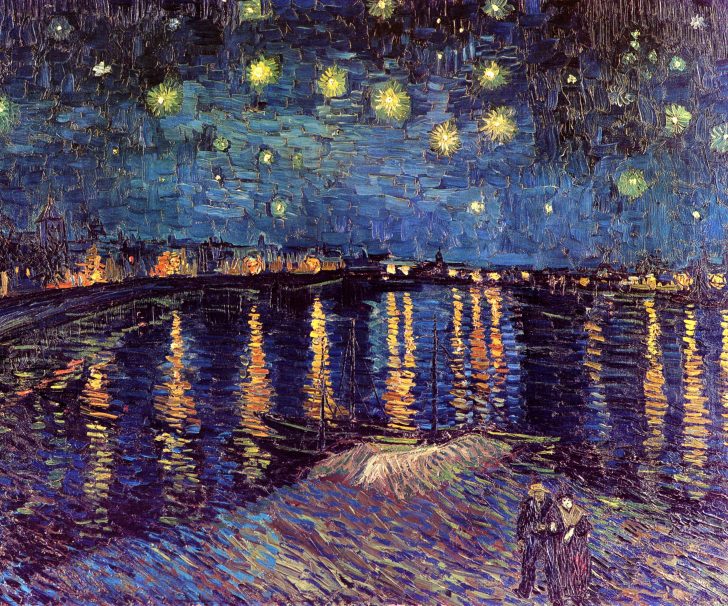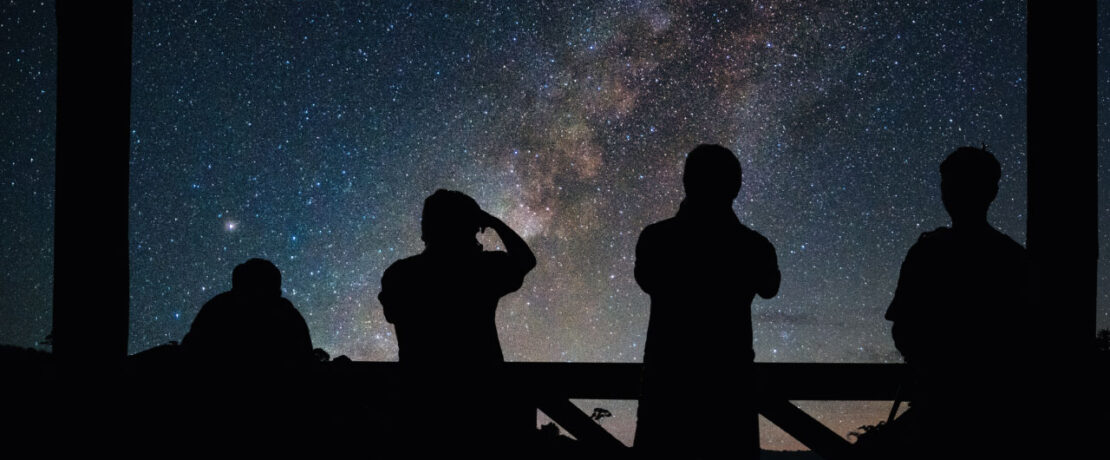Star Count 2020
The results are in for CPRE’s 2020 #StarCount!
From 21-28 February 2020, we asked for your help to count the stars you could see within the constellation of Orion. Dark and starry skies are a special part of our countryside. Nothing beats looking upwards to see velvety blackness, with twinkling constellations as far as the eye can see.
Artificial light leaks from our buildings and roads, and this can affect your view of truly dark skies. We want to make sure that we can all enjoy starlit nights – and with your help we have been able to measure what effect light is having on our views of the sky.

An incredible 2,500 people took part, braving the cold to gaze in wonder at the stars. An amazing citizen science effort.
Lots of you had a great view of the night sky, but a whopping 61% of people that took part in #StarCount could see ten stars or fewer within Orion – this indicates severe light pollution.
We think everyone should be able to experience the wonder of truly dark skies.
To find out how Warwickshire compares to the rest of the country, explore the interactive map here: https://www.cpre.org.uk/starcountresults
You need to be pretty smart with your mouse-work to find Warwickshire on the map, but if you type Warwick, Warwickshire in the search box then zoom out three times you get a fairly good approximation of the county. We reckon there were 40-50 Warwickshire members that took part. I can see my miserly six star count in Clifford Chambers – neighbours have some lights that blaze away pretty much all night. One lucky member saw 26 stars and someone living just over the boundary in Broadway saw 56!
Many thanks to those of you who took part – it was fun.
Let us know what you think about the results on our Facebook and Instagram pages!




